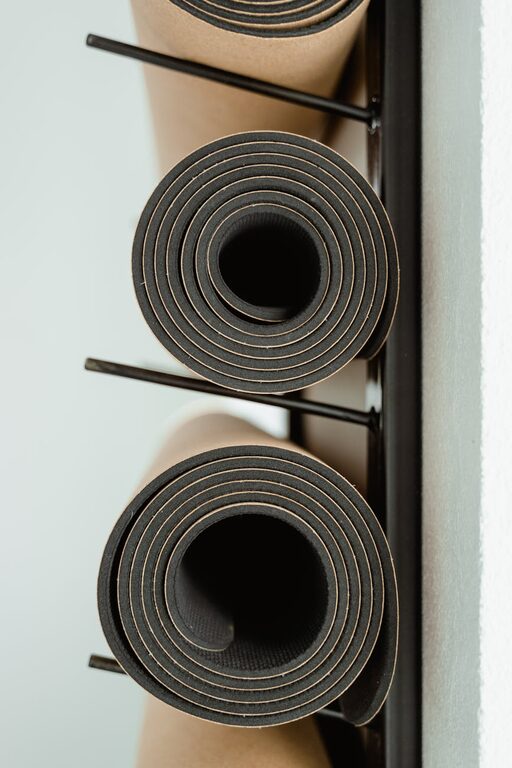Art projects and drawings are a big part of childhood. From finger paintings to school crafts, children’s artwork brings joy and memories but can also quickly become overwhelming. Without a plan, stacks of art can pile up on the fridge, counters, and drawers, creating clutter and stress. The good news is that with a few simple strategies, you can keep your kids’ art organized while celebrating their creativity.
In this post, we’ll explore practical tips for storing, displaying, and managing children’s art in ways that work for your family.
Why Organizing Kids’ Art Matters
Organizing your children’s artwork is about more than reducing clutter. It helps:
– Preserve meaningful memories
– Encourage creativity by valuing their work
– Teach kids responsibility for their belongings
– Save space at home and keep things tidy
The goal is to strike a balance between keeping cherished pieces and managing the volume of creations that children typically produce.
1. Create a Dedicated Art Space
One of the best ways to stay organized is by having a designated area for art storage and display. This helps your child know where to put their work and makes it easier for you to keep track.
Suggestions for art spaces:
– A shelf or cubby in their room or a playroom
– A binder or portfolio in a common area
– A section of a wall or hallway for hanging art
Having a clear spot for artwork encourages kids to participate in cleanup and organizing.
2. Use Storage Solutions That Work for You
Choosing the right storage method depends on your space and how much art you want to keep. Here are some popular options:
Art Binders or Portfolios
– Use large binders with plastic sleeves to store flat drawings and paintings
– Easily flip through past works and add or remove pieces
Filing Boxes or Folders
– Label folders by year, child, or project type
– Use archival boxes for long-term storage
Digital Storage
– Photograph or scan artwork to create a digital gallery
– Save space by storing digital copies and only keeping select originals
3. Display Artwork Creatively
Showing off your child’s art helps them feel proud and reduces the chance of pieces getting lost. Here are some creative ways to display:
– Framed Rotating Gallery: Use frames that open easily to swap out art regularly
– Clipboards or Wire Displays: Hang clipboards or string with clips for easy rotation
– Corkboards or Magnetic Boards: Great spots for pinning multiple creations at once
– Art Wall Decals: Make the wall itself a canvas for seasonal or themed displays
Switching displays frequently keeps things fresh and exciting.
4. Sort Through Art Regularly
It’s easy to accumulate many drawings and crafts, so setting aside time to review and sort artwork helps manage volume. Involve your child in the process to decide what to keep, toss, or give away.
Questions to consider when sorting:
– Does this piece have sentimental value or mark a milestone?
– Is it a favorite or particularly creative?
– Can it be photographed and recycled if not kept?
Regular sort sessions keep your collection meaningful and manageable.
5. Repurpose and Gift Artworks
Instead of letting art pile up, find new ways to enjoy it:
– Create Greeting Cards: Cut and fold artwork to make custom cards for family and friends
– DIY Gifts: Turn drawings into wrapping paper, bookmarks, or framed presents
– Make a Photo Book: Digitize art and create printed photo books as keepsakes
Repurposing artwork extends its value and shares the joy with others.
6. Teach Kids to Be Part of the Process
Encourage your children to take ownership of their art by including them in organizing tasks. They can help:
– Choose which pieces to display or store
– Label folders or storage boxes
– Photograph or scan their favorite works
This involvement helps build organizational skills and respect for their belongings.
7. Keep Art Supplies Organized Too
Organizing kids’ art isn’t just about finished pieces. Keeping supplies tidy supports creativity and easy cleanup.
Tips for art supplies:
– Use clear containers or drawers labeled by type (markers, glue, paper)
– Keep supplies accessible but contained
– Regularly declutter dried markers or empty paint bottles
A neat workspace inspires creativity without frustration.
Final Thoughts
Organizing kids’ art can feel overwhelming, but it doesn’t have to be. By creating dedicated spaces, choosing smart storage, rotating displays, and involving your child, you can celebrate their creativity while keeping your home orderly. Remember, the goal is to cherish the memories, not to keep every single piece. With these tips, you can create a manageable, meaningful collection of your child’s artistic journey.
Have you found any unique ways to organize kids’ artwork? Share your ideas in the comments!

